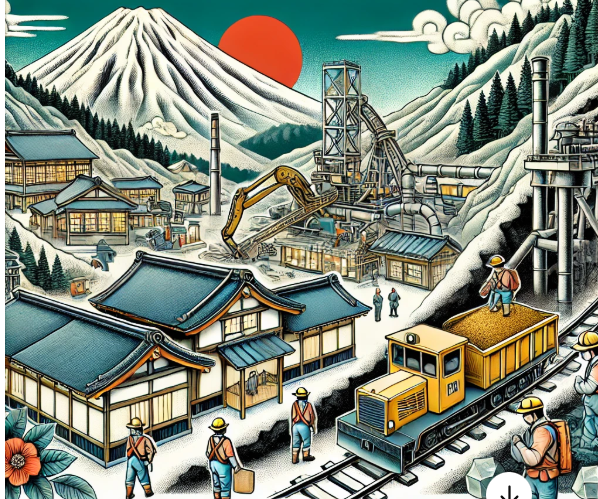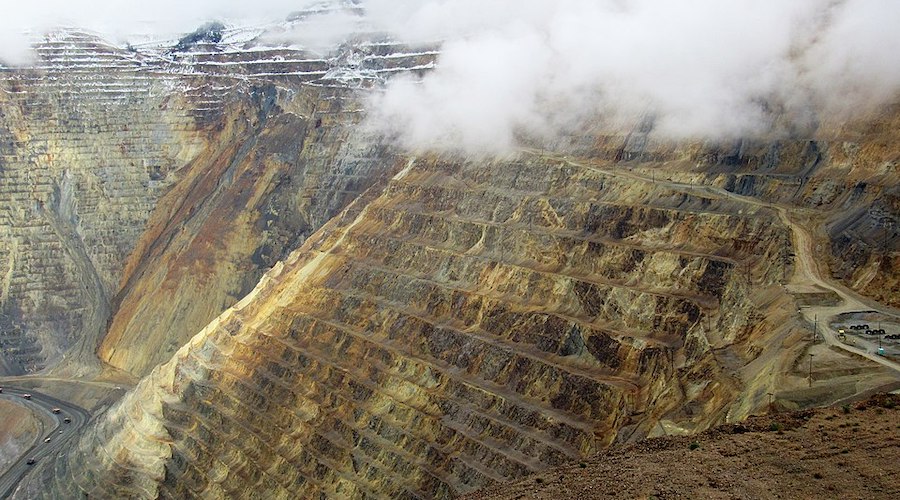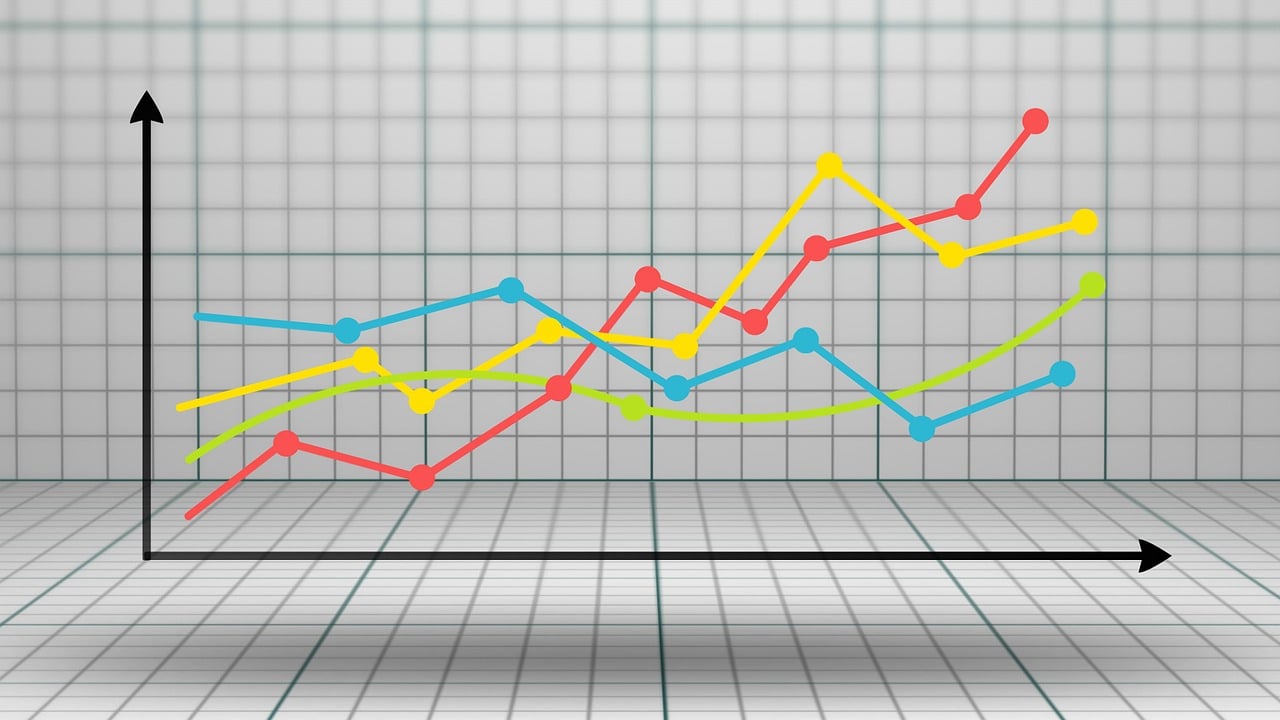This Week (19th Jan’25) in Japan: Key Insights on Mining and Industrial Developments

Did you know? Japan currently has only gold mines in the country; no other mines are in operation.
Japan does not have any iron ore mines, but it is the lowest-cost producer of steel and one of the world’s leading producers of high-quality steel.
Their mining contribution to GDP is continuously decreasing. The production index is falling consistently. However, they are continuously focusing on innovation, and their contribution is increasing in services and products. The HEMM market revenue is growing exponentially
1. Gold Mining Dominance
Japan currently operates only gold mines within the country, marking the absence of other significant mining operations. This reflects Japan’s limited domestic mineral resources and the strategic focus on refining its existing resources. Gold mining in Japan often benefits from advanced technology and efficiency-focused approaches.
2. Iron Ore Absence and Steel Industry Leadership
Despite not having domestic iron ore mines, Japan has positioned itself as a global leader in steel production. This achievement is due to:
- Efficient Raw Material Import Practices: Japan imports high-quality iron ore and coking coal, primarily from Australia and Brazil.
- Advanced Manufacturing Techniques: Cutting-edge technologies like automated mills, superior metallurgical processes, and precision manufacturing.
- Focus on Quality: Japanese steel is synonymous with durability, precision, and innovation, making it a preferred choice for industries like automotive, shipbuilding, and construction.
- Cost Efficiency: Their ability to manage costs while maintaining quality has solidified Japan’s role as one of the lowest-cost producers of high-quality steel.

4. Heavy Earth Moving Machinery (HEMM) Market Growth
Revenue from Japan’s HEMM market is witnessing exponential growth due to:
- Increased demand for mining and construction equipment globally.
- Focus on sustainability and efficiency in machinery design.
- Enhanced export opportunities for advanced Japanese equipment, especially in Asia and Africa.
5. Aluminium Market Developments
Japanese aluminium buyers have agreed to a 30% premium increase for shipments from January to March 2025.
- Drivers for Premium Increase:
- Global supply chain constraints.
- Rising energy costs affecting aluminium production, particularly in Europe and China.
- Japan’s role as a major aluminium importer, necessitating adjustments in pricing.
6. Copper Production Outlook
Japanese copper smelters project a 5.5% year-on-year rise in refined copper production for the second half of fiscal 2025 (October 2024 to March 2025).
- Factors Contributing to Growth:
- Robust demand from electronics and renewable energy sectors.
- Optimization of smelting processes and capacity expansions.
- Favorable trade dynamics supporting exports to key markets in Asia.

7. Zinc Metal Production Growth
Japan’s zinc metal production is expected to increase by 2.7% year-on-year in the second half of fiscal 2025.
- Key Growth Catalysts:
- Steady demand from galvanized steel manufacturing, critical for construction and automotive sectors.
- Japan’s efficient recycling and smelting technologies improving output.
Summary
Japan is navigating the challenges of limited domestic mining resources by excelling in innovation, refining, and value addition. While traditional mining’s contribution to GDP is shrinking, the country is strengthening its role in global supply chains for metals and machinery. The focus on strategic imports, advanced production processes, and a growing emphasis on sustainability ensures Japan remains a key player in the global mining and industrial landscape.
Read last post: https://waartsy.com/weekly-mining-news-29-12-2024/
Source: https://www.mining.com/, hindustantimes, cnbc, business standard etc




I got what you mean , thanks for putting up.Woh I am pleased to find this website through google. “Money is the most egalitarian force in society. It confers power on whoever holds it.” by Roger Starr.
18osvp
v5lwkh
yx4g93
5iatyc
cgo643
mpefms
1utdh6